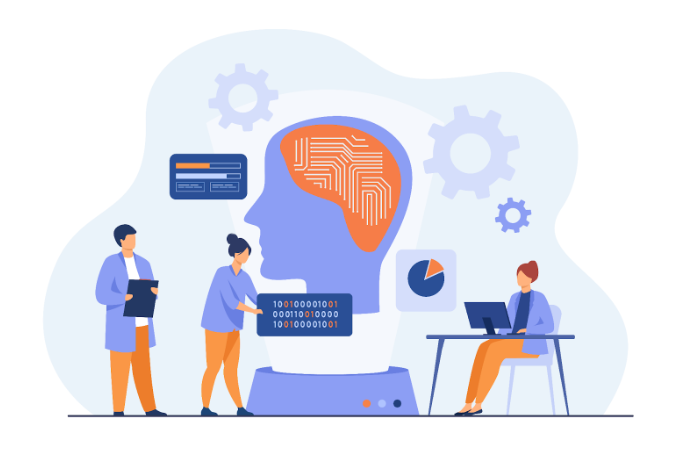Many organisations are sitting on piles of data but struggle to turn it into something useful. Reports get made, dashboards get built—but actionable insights often stay buried. It’s hard for humans to process large amounts of data. At the same time, AI can do it in seconds. Whether you’re trying to understand customer behaviour, optimise operations, or spot patterns your team can’t easily see, AI adds an analytical layer that traditional tools can’t match. Learn more about what AI can do here: https://www.altamira.ai/artificial-intelligence/ai-consultancy/consultancy-uk/
AI types and their impact on business
AI isn’t a “one-size-fits-all” solution. Different types of AI solve different problems, and knowing which kind fits your business case is key.
Machine Learning (ML)
ML excels at spotting trends in historical data and making predictions based on them. For businesses, this can mean better demand forecasting, smarter risk assessment, or more relevant product recommendations.
Natural Language Processing (NLP)
With NLP, AI can analyse customer reviews, support tickets, or sales calls to surface recurring issues, sentiment trends, or compliance risks—automatically and at scale.
Computer vision
Retailers use it to monitor shelf stock. Manufacturers use it to detect product defects. Computer vision transforms visual content into structured, actionable information.
Generative AI
Beyond chatbots and text generation, generative AI can assist with everything from summarising reports to drafting internal documentation or ideating product names.
What AI adoption brings to the table
Adopting AI isn’t just about automating tasks—it’s about improving decision-making across the board. Here’s what businesses stand to gain.
Faster decisions
AI gives teams the ability to analyse complex datasets quickly—much faster than manual methods. Instead of waiting days or weeks for someone to crunch numbers or compile reports, insights can be generated in near real-time. Whether you’re tracking sales trends, monitoring customer behaviour, or forecasting inventory needs, AI helps to identify patterns early, allowing decisions to be made before issues snowball. This speed can be especially useful in ever-changing industries like retail, logistics, or financial services.
Consistency across operations
One of the challenges in many business processes is inconsistency—different team members making different calls on similar issues. AI systems apply the same logic every time, helping to remove subjectivity from certain types of decision-making. For example, a customer support AI can prioritise tickets based on urgency and sentiment the same way, every time. Similarly, an AI system reviewing documents or transactions for compliance will flag risks based on defined criteria—not mood or assumptions. That consistency leads to fewer errors and more reliable processes.
More time for complex work
AI takes on repetitive or data-intensive tasks, such as reviewing numerous invoices, analysing survey responses, or summarising meeting transcripts. This allows human teams to concentrate on work that demands creativity, judgment, or relationship-building. Instead of burning hours on sorting and tagging information, your team can spend that time refining strategies, solving difficult problems, or working directly with clients. It’s not about replacing people—it’s about giving them the space to do work that matters more.
Data analysis
Most businesses have more data than they know what to do with. Sales logs, customer feedback, operational metrics, market research—it piles up quickly. But if there’s no practical way to analyse or apply that data, it just sits there. AI helps surface the signals from the noise. It can connect data from different systems, find relationships you might not have spotted manually, and flag issues early. The result is that your data stops being “just in case” and becomes something your team actively works with every day.
Conclusion
AI has become a practical tool for businesses looking to make smarter use of their data. Whether it’s through language analysis or image processing, it offers concrete ways to improve decision-making and operations. The key isn’t just adopting AI but doing it with clarity on what it should solve. That’s where expert guidance can make the difference between a useful tool and a costly experiment.







